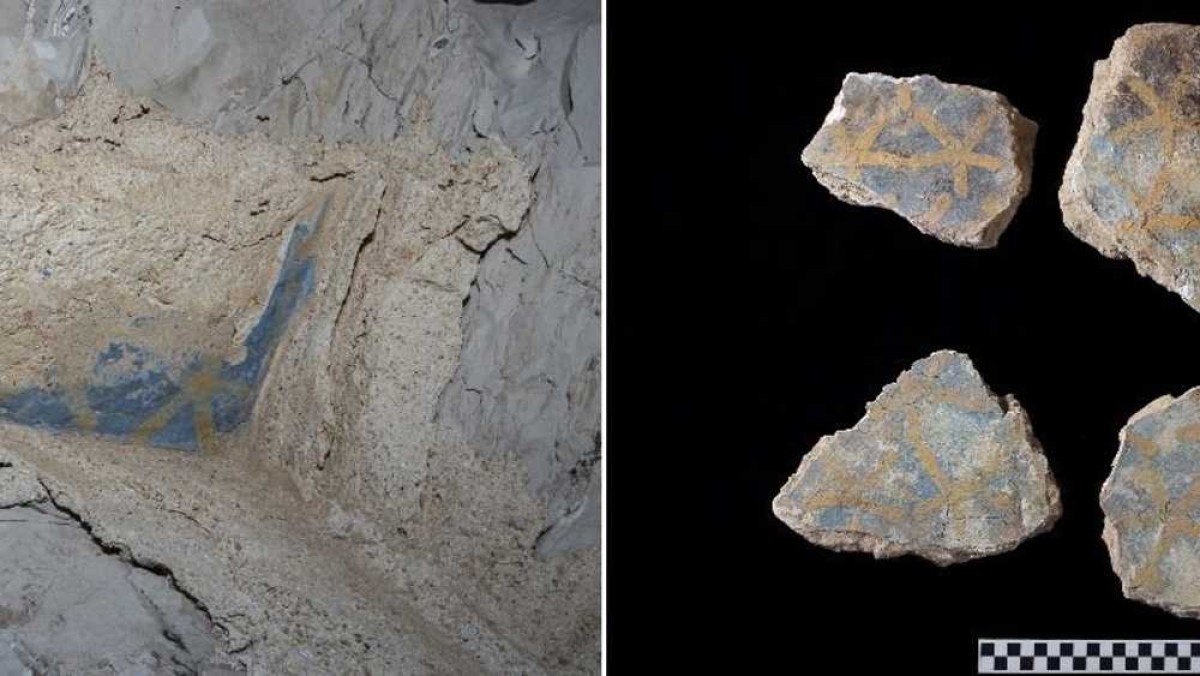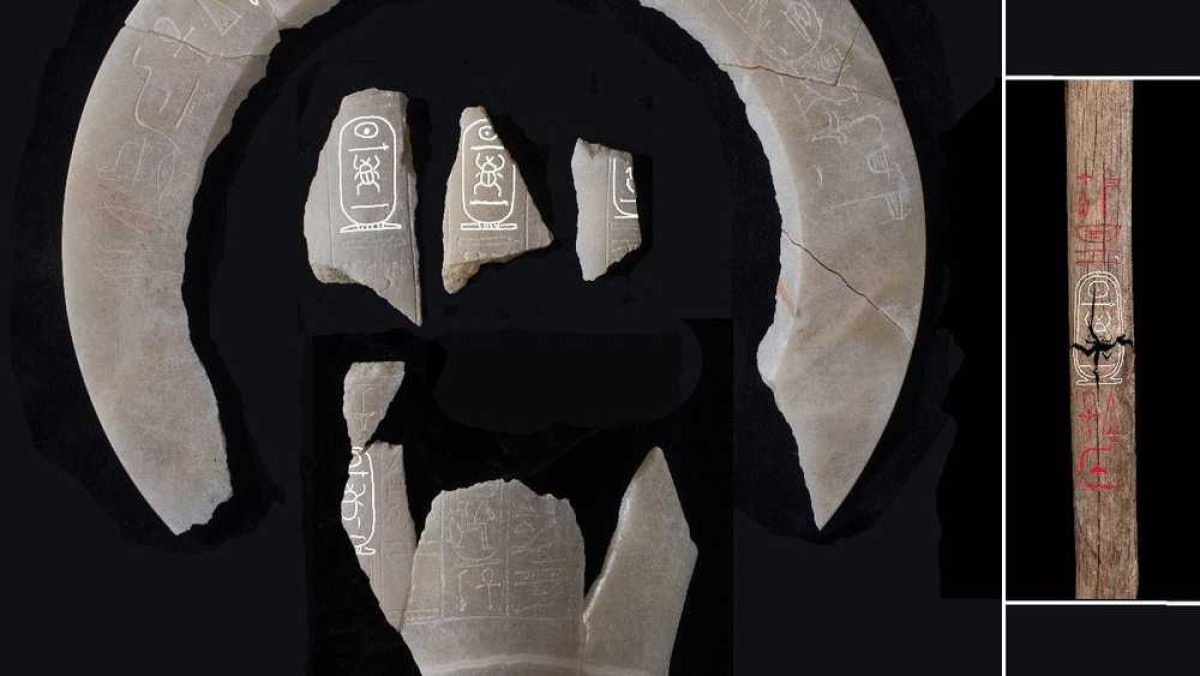A great discovery in Egypt .. King Tuthmosis II "lost"


The Egyptian Ministry of Antiquities announced the disclosure of the cemetery of King Tuthmosis II, the last missing cemetery for the eighteenth family kings in Egypt.
The joint Egyptian -English archaeological mission between the Supreme Council of Antiquities and the Foundation of the Modern State Research managed to reveal the cemetery during the work of excavations and studies in the Wadi C region in Jabal Taiba, west of Luxor, which is located about 2.4 km west of the Wadi Al -Kings region, where it was found Evidence clearly indicates that it belongs to King Tuthmosis II.
Sharif Fathi, the Egyptian Minister of Tourism and Antiquities, appreciated the archaeological excavations in the region, which unveiled more secrets and treasures of the ancient Egyptian civilization, as this cemetery is the first royal cemetery that has been found since the discovery of the cemetery of King Tutankhamun in 1922.
Mohamed Ismail Khaled, Secretary -General of the Supreme Council of Antiquities in Egypt, explained that when the mission was found at the entrance to the cemetery and its main corridor in October 2022, the team believed that it may be a cemetery for the wife of one of the kings Likewise, from the cemetery of Queen Hatshepsut, which was prepared for her as a royal wife before the reins of the country's rule imitated as a king and buried in the Valley of the Kings.
But with the completion of the excavation work, during this season, the mission discovered new archaeological evidence that determined the identity of the owner of the cemetery, King Tuthmosis II, and that whoever took the procedures for his burial is Queen Hatshepsut as his wife and his half -sister.
He emphasized that the parts of the Albister utensils that were found in the cemetery had inscriptions bearing the name of King Tuthmosis the second as the “deceased king”, in addition to the name of his main royal wife Hatshepsut, which confirms the identity of the cemetery owner.
The Secretary -General of the Supreme Council of Antiquities in Egypt described this disclosure as one of the most important archaeological discoveries in recent years, as the artifacts discovered in it are an important addition to the history of the archaeological region and the period of the era Who has no funerary furniture in museums around the world.
For his part, Mohamed Abdel Badie, Head of the Egyptian Antiquities Sector at the Supreme Council of Antiquities and the head of the mission from the Egyptian side, indicated that the cemetery was found in a bad condition of preservation due to its torrential torrent Fallen pieces of mortar and restoration, pointing out that preliminary studies indicate that the contents of the basic cemetery were transferred to another place after being exposed to torrents during ancient Egyptian ages.
He added that the parts of the mortar discovered with the remains of the blue inscriptions and the stars of the yellow sky, as well as decorations and paragraphs from the book “Inti Daz tools”, which is one of the most important religious books that the tombs of the kings in ancient Egypt.
Beers Leserland, head of the archaeological mission from the English side, said that the cemetery is characterized by a simple architectural design that was the nucleus of graves from the frequency of Egypt's rule after Tuthmosis the II during the eighteenth family, and the cemetery includes a corridor that covers its floor with a white plaster layer, leading to the burial chamber in the main corridor For the cemetery, where the level of its floor rises by about 1.4 meters from the floor of the same room.
It is believed that it has been used to transmit the contents of the basic cemetery, including the body of Tuthmosis II after it was flooded with torrents.
He emphasized that the mission will continue its work, the archaeological survey that it has done on the site two years ago, in order to reveal more secrets of this region, and the place to which the rest of the contents of the Tuthmosis II Cemetery were transferred.

